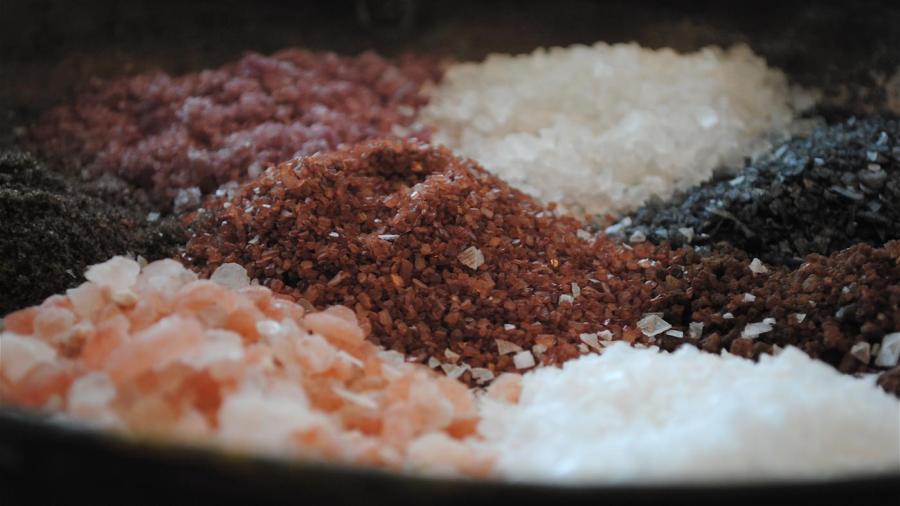Where Is Salt Found?

Salt comes from deposits on the Earth’s surface, underground sources and seas, lakes and oceans. Salt derives from various places, but it is most frequently extracted from watery sources, such as oceans and seas. In addition to varying in location, salt comes in several different types or grades, which stem from different methods of extraction and production.
Salt also comes in different colors, including white, rose and black. White salt is among the most common varieties of salt and is used as table salt. White salt is usually the most refined variety of salt with the exception of sea salts, which have large, uneven and coarse grains. White salt is produced using solution-mined brine housed in pressure vessels. Rock salt, in contrast, which is used in commercial and industrial applications, comes from deposits deep within the surface of the Earth. This industrial-grade stone comes from many different regions around the world. Salt occurs naturally but is also produced synthetically by special techniques such as solar evaporation. During solar evaporation, salt is harvested from seawater or salt lakes then left to dry in the sun. Exposure to the elements eventually removes water and surface debris from salt; the particles remain and are in turn collected and packaged for processing and use.





